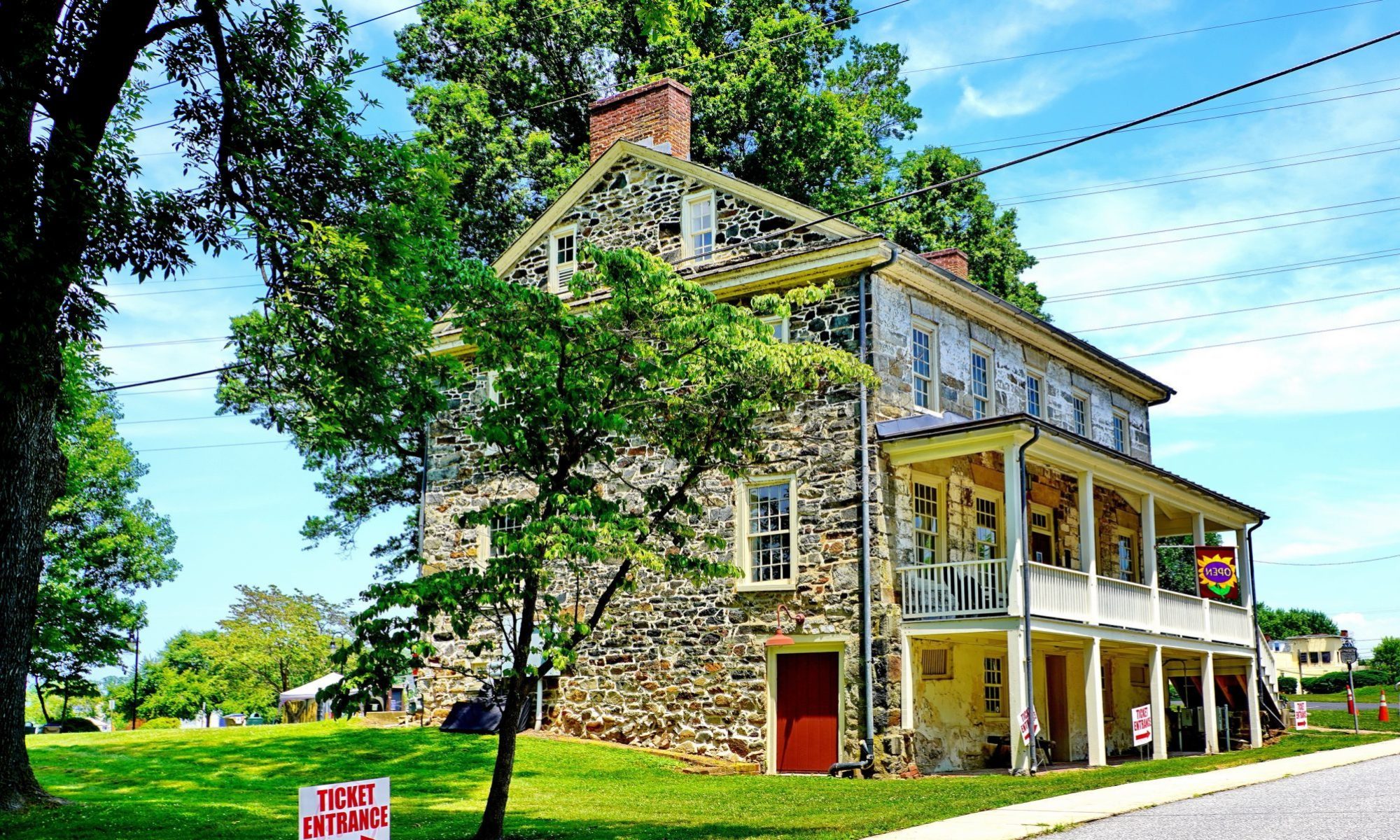On Wednesday, Oct. 23, 2019, at 7 p.m., Rein Jelle Terpstra will talk about Senator Bobby Kennedy’s Funeral Train, which passed through Cecil County on June 8, 1968.
Over four years, Professor Terpstra worked on his project “Robert F. Kennedy Funeral Train: The People’s View.” As part of his fieldwork, he visited Cecil County several times, collecting old snapshots, home movies, and memories of that sad,
Late in the afternoon of June 8, 1968, the long-delayed funeral train carrying the body of Senator Kennedy to Washington passed through Elkton. It was around 6 p.m. and the train was about 4-hours late. Larry Beers, a 15-year-old, was taking home movies that captured the scene that hot June afternoon so long ago. This rare movie footage and many other Cecil County photographs of those sad, fleeting moments from the past will be discussed at the Newark Historical Society program
This program will be of great interest to many Cecil Countians. Here’s the formal press release from the Newark History Center.

Newark History Center Hosts Robert F. Kennedy Funeral Train
This extensive project, Robert F. Kennedy Funeral Train-The People’s View by internationally renowned artist, Rein Jelle Terpstra, is about the Robert F. Kennedy funeral train and the memories of those who looked to this promising leader for a better future for themselves and how his tragic death profoundly affected them. The train rode from NYC to Washington, D.C. carrying the body of Senator Robert F Kennedy. About one million mourners stood along the tracks, paying their final respects.
Terpstra conceived the idea of collecting both memories, amateur photographs and home movies from the train’s onlookers along the train’s path. He accomplished this over a period of about four years. Terpstra’s Robert F. Kennedy Funeral Train-The People’s View project has been shown all over the world including, the Museum of Modern Art, San Francisco, International Center of Photography NYC, the Smithsonian Institute and The Nederlands Foto Museum in Rotterdam. He has also just recently won the Gold Award for the most beautiful book of the world, 2019.
It has been just over 51 years since the death of Senator Kennedy with the funeral train passing through Newark. Since many of the mourners stood on the steps of the Pennsylvania railroad station, now home to the Newark History Museum, the historical society deemed it appropriate and fitting to sponsor this event. As the 50th anniversary has just recently been observed, this moment is still very alive in the minds of many Americans. Many believe that Robert Kennedy’s ability to unite people would be of such worth in these days of political turmoil. Our vision is to invite not only the Newark community but also those communities, historical societies, government representatives and places of higher learning located along the path of the funeral train’s journey.
Keynote speaker:
Governor John Carney
Wednesday, October 23, 2019. 7pm-9pm
Newark Country Club
300 West Main St.
Newark, DE. 19711
Free Admission; Light Refreshments










